"Pirates of Edelweiss" — how German anti-fascist teenagers fought against Hitler's regime
Categories: History
By Pictolic https://pictolic.com/article/pirates-of-edelweiss-how-german-anti-fascist-teenagers-fought-against-hitlers-regime.htmlThe German informal organization "Pirates of Edelweiss" united thousands of teenagers. They came from different walks of life, but they were all united by hatred of the Nazi regime. It was a kind of Hitler Youth on the contrary, using both propaganda and forceful methods of fighting enemies.
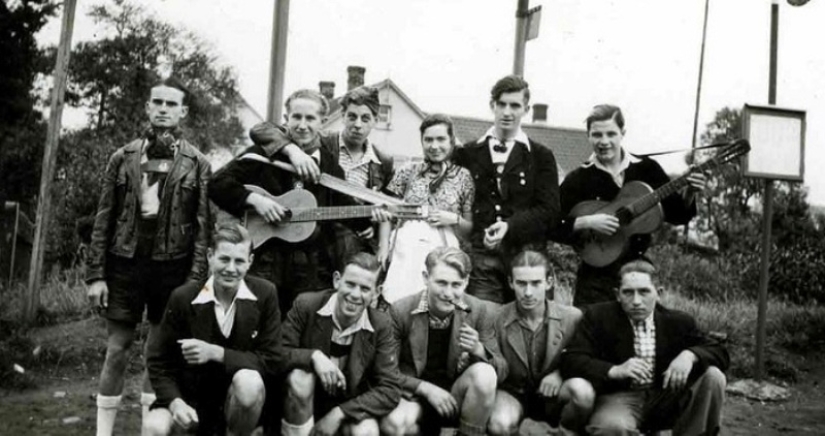
The first mass German youth organization was the "Migratory Bird". This society appeared in Germany at the end of the 19th century and its members were very similar to American Scouts. Boys and girls went hiking, sang songs around campfires, learned to survive in the wild. It was the "Migratory Birds" that became the basis for the infamous Hitler Youth organization, which united up to 80 percent of German youth aged 14 to 18.
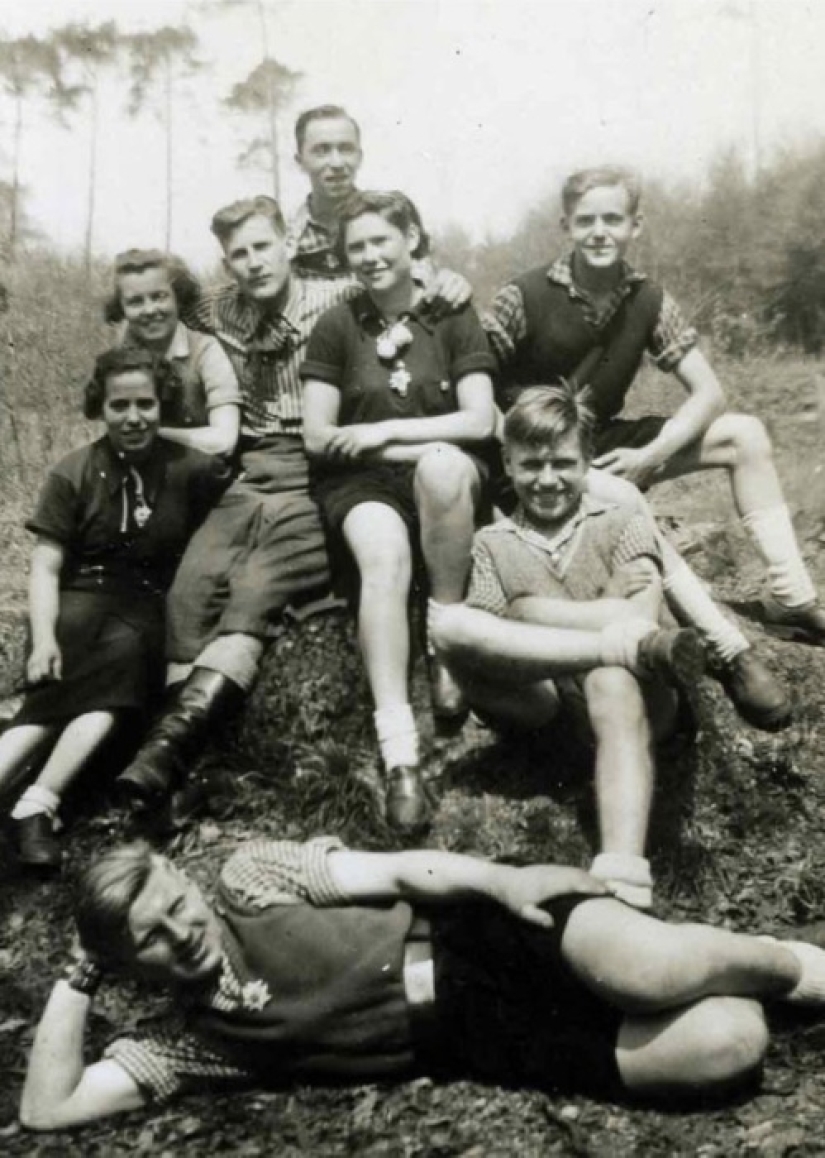
But not everyone wanted to march in formation and sing hymns in honor of Hitler. The guys who did not want to put up with Nazi politics began to call themselves "Edelweiss Pirates". They were young people of the most progressive views. "Pirates" preferred clothes in the style of American cowboys, modern foreign music and outdoor recreation. There were a lot of them, and they recognized each other by the badge with the image of the Edelweiss flower.
In order not to get into the Hitler Youth, the "pirates" dropped out of school at the age of 14 and switched to home schooling or self-education. Thus, they managed to avoid the "guardianship" of the state until the age of conscription at 18. Before the outbreak of World War II, this youth movement was not politicized. But then everything changed.
One of the participants of the German anti-fascist movement described the "Pirates of Edelweiss" in this way:

Already at the very beginning of the war, teenagers managed to carry out serious protest actions. Once they painted the whole center of Cologne with slogans overnight: "Brown as shit, no brown Cologne. Wake up at last!", "Nazi heads will roll after the war!", "The High Military Command is lying!".
Almost immediately, the authorities began an organized fight against the "pirates". They declared them parasites and pests, and then began to make raids. To combat young anti-fascists, Hitler Youth patrols were used, created from ideological guys who were engaged in sports. On September 17, 1940, a law was introduced punishing membership in the organization itself. Those convicted of "piracy" were threatened with a month of administrative arrest. The boys and girls caught during the actions were convicted under criminal articles.
After the Allied landings in Normandy and the subsequent turning point of the war, German youth began to be en masse involved in the construction of defense structures. The "pirates" did not want to participate in this and began to go underground. Having become an outlaw, these young people began to act more radically.
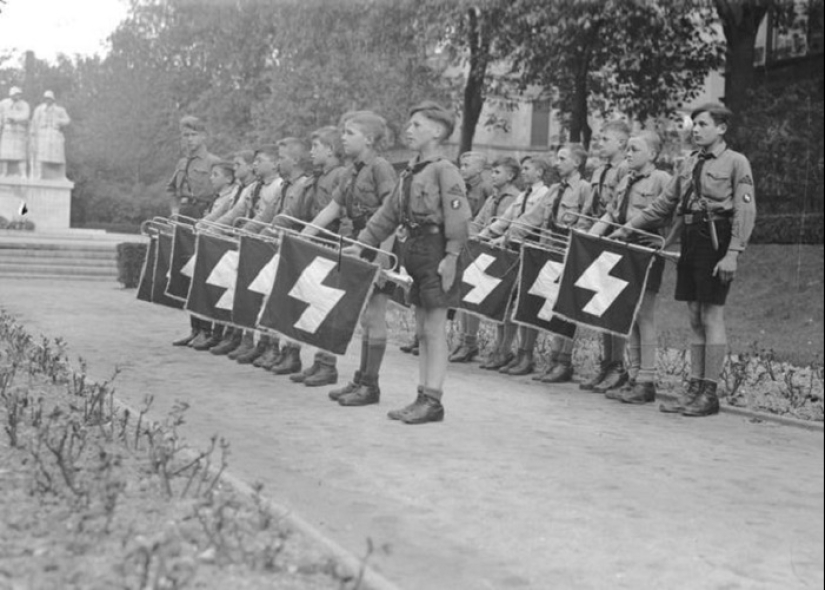
The "Pirates of Edelweiss" helped Jews, escaped prisoners and deserters to hide. They attacked patrols and even staged attacks on concentration camps. Industrial sabotage was also organized, which greatly undermined the military potential of the Reich. It became clear to the Nazis that they would have to fight the "pirates" seriously.
A separate concentration camp was set up near the town of Moringer for young people suspected of being connected with the organization. Until the end of 1944, 1,386 people became his prisoners. Members of the organization who fell into the hands of the Nazis were tortured and they were often demonstratively executed. But even the reprisals could not affect the determination of the guys and girls from the organization.
The most audacious and effective was the group of Hans Steinbrueck, nicknamed "Hans-bomb". This young man with a group of like-minded people completely switched to an illegal situation. The group settled in the ruins of Ehrenfeld, the area of Cologne most affected by the bombing. Gunmen of "Hans-bomb" bravely attacked patrols and even small detachments of Nazis, taking away their weapons.
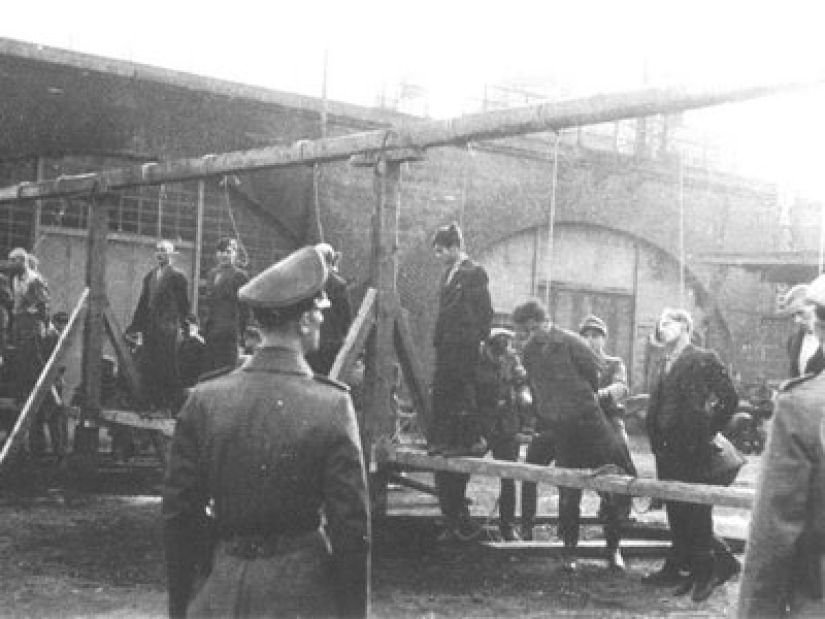
According to the information available to the Gestapo, Steinbrueck's group consisted of about 130 people. These guys did not have an official status and therefore did not receive food cards. They had to get food in battle or by looting warehouses. The most successful operation of these "pirates" was a raid on a warehouse with butter. Then 2.5 tons of this valuable product became the group's prey.
By April 1945, there were 15 attacks and attempts on the account of "Hans-bomb" and his associates. One of the most successful actions of the guys can be considered the undermining of the Cologne Gestapo office, during which several officers were killed and documents valuable to the Nazis were destroyed.
The Pirates, despite their prowess, also suffered serious losses. In the autumn of 1944, mass raids took place, which were personally led by the head of the Imperial state security Ernst Kaltenbrunner. Then 25 Russian workers who helped the organization were executed. A little later, 14 "pirates" fell into the hands of the Gestapo, who were hanged.
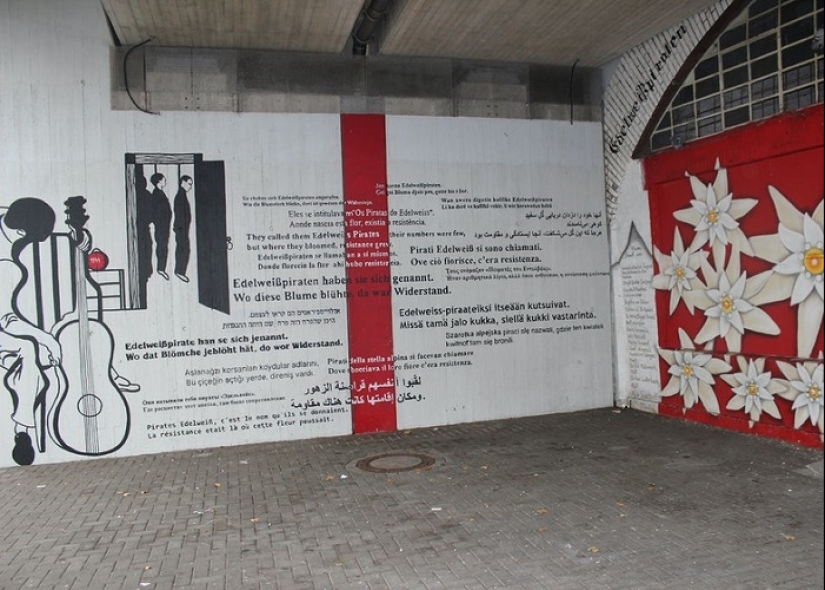
Despite the numerous merits of the "Edelweiss Pirates" and their self-sacrifice, after the war, this organization was silent for a long time. These guys received the official status of fighters against Nazism only 60 years later.
Recent articles

Our world is imperfect, there are many things in it that it hurts to look at directly. Fortunately, there are two things in it that ...

Creating his amazing murals, Los Angeles-based artist Sean Yoro, known as Hula, coordinates his work with the changing ocean tides. ...

The 21st century has been in the yard for a long time, but many still have not learned how to use their computer, not to mention ...